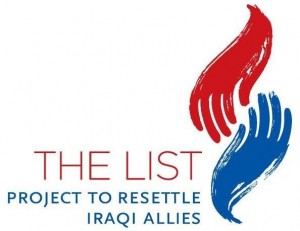Yesterday, as U.S. combat troops from the 4th Stryker Brigade passed into Kuwait, the gate to Iraq was closed behind them. It was a very symbolic act that was meant to signify the end of the United States long and often tumultuous struggle in Iraq.
Yet, the symbolism of this event masks the reality, which is that the United States will be involved in Iraq for the foreseeable future and beyond. Although American presence in Iraq is decreasing and the role for combat troops has ended, the United States is still very much invested in Iraq. Under the Status of Forces Agreement (SOFA) an estimated 50,000 U.S. troops will remain in Iraq until December 31st 2011. In what has come to be known as Operation New Dawn, these forces will remain to offer support and training to Iraqi security forces. Iraq’s resources and its strategic location within the Middle East will also ensure that American policy makers will be keen to stake their interests there as well.
In recent months there has been concern that violence is again on the rise and could escalate as U.S. troops continue their withdrawal. Among the most vulnerable are the thousands of Iraqis who are currently in the employ of the United States as interpreters and in other capacities. Millions of Iraqis remain either internally displaced or are struggling to make ends meet as refugees. Infrastructure is still lagging and many do not have a constant flow of electricity. Add to this the fact that since elections in March, the Iraqi government has been deadlocked while trying to establish a ruling party. The coming months will reveal more about Iraq’s future, yet all of these issues highlight that it is still very much in limbo.
